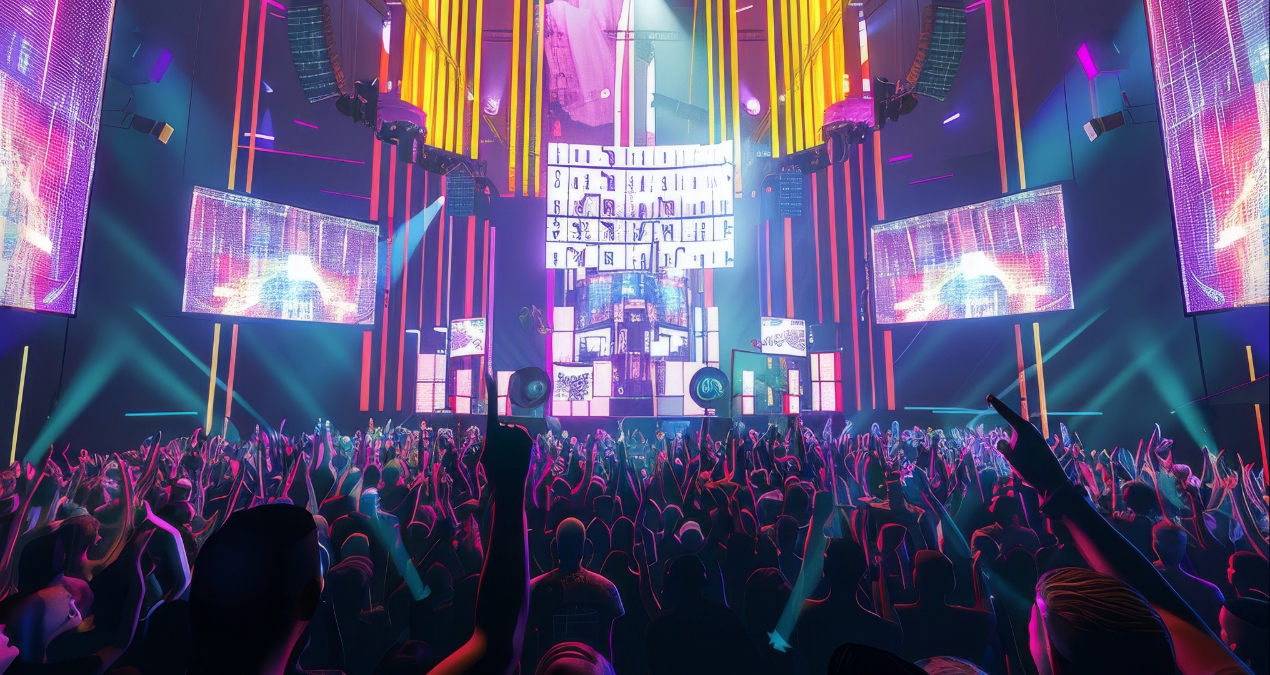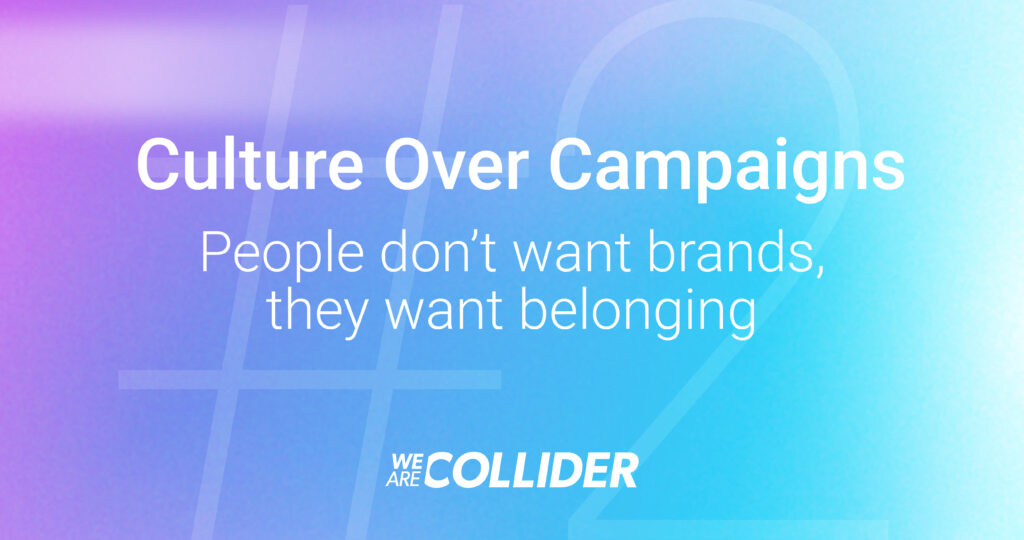Welcome to another instalment of our latest blog series that explores immersive marketing through the behavioural science lens.
In the series, we’ve been taking a deep dive into the work of Arq, our dedicated R&D lab, and their “STAGE” model, a behaviourally-informed framework based on academic research, expert interviews and an in-depth survey of 550 UK adults. The model is based upon five behavioural science-based levers that help to create effective immersive media activations:
- Self: empower personal identity, ownership and creativity
- Transformative: enable growth, meaning, inspiration, or real-world impact
- Accessible: ensure ease of use, inclusivity, trust and comfort
- Gamified: use play, competition, interactivity and social bonding
- Extraordinary: deliver awe, surprise and impossible experiences
So far, we’ve looked at the “S” for Self, exploring how identity and personalisation drive deeper connection, then the “T” for Transformative, the lever that turns engagement into long-lasting emotional impact. Now, we’re shifting our focus to the third lever: Accessible.
What Is ‘Accessible’?
Accessibility is the lever that makes everything else possible. It’s how brands can ensure their audience isn’t just intrigued by their experience, but that they can actually access it, understand it, and feel good experiencing it. Because no matter how beautiful or advanced your immersive experience is, if people can’t use it, they won’t. Accessibility in immersive marketing begins with functionality, but it also has to help create experiences that feel intuitive, inviting and easy to engage with, both technically and emotionally. Accessible experiences remove barriers, whether physical, cognitive or cultural, and open the door to more people, in more ways.
In the STAGE research, people described Accessible experiences by saying things like: “It was easy to understand,” “it was quick and simple to get into,” “it felt trustworthy,” “it wasn’t toxic or overwhelming.” This feedback might sound simple enough, but these phrases speak to something behavioural scientists call ‘perceptual fluency,’ that moment when everything just makes sense. The brain doesn’t have to work too hard, so the heart and imagination feel free to play.
Accessibility also speaks to the idea of digital inclusivity. While physical experiences have limits (venue size, ticket cost, travel, crowd capacity), immersive digital counterparts can extend reach exponentially. They allow you to invite in audiences who might never have made it to the physical world version, be that due to location, mobility, disability or confidence. Put more simply, ‘Accessible’ means removing friction and building trust, so that people not only enter the experience, but enjoy it and stay.
The psychological science of ‘Accessible’
Accessible experiences are powerful not just because they are inclusive, but because they are behaviourally effective. They align with how people naturally think, feel and decide, doing so by:
- Removing friction: If your audience has to download five apps or learn a new interface, you’ve already lost half of them. Simplicity drives participation.
- Reducing cognitive load: Our brains are wired to avoid effort. If something is easy to understand and navigate, we’re more likely to engage with it.
- Building trust: A well-designed, accessible experience signals safety and credibility. This matters, especially in digital and virtual spaces where people may already feel cautious or sceptical.
- Creating inclusivity: By accounting for a wider range of users, different abilities, devices, bandwidths and emotional comfort levels, ‘accessible’ experience design invites more people into the story.
To summarise, accessibility is the engine room of impact. It’s often invisible when done right, but unmistakable if ignored.
How brands are pulling the accessible lever IRL
Several campaigns have demonstrated just how creatively and commercially effective the Accessible lever can be. Maybelline recently turned heads with a viral CGI campaign in London, where a massive virtual mascara brush appeared to glide across a train and apply product to a model on a billboard. No apps, no sign-ups, no interaction required: just a magical visual moment that anyone could enjoy instantly. The best part was how it combined visual storytelling with zero friction and we didn’t need to do anything but look.
A few years ago, Burger King teamed up with the iconic Diablo game franchise to launch a cross-channel, gamified experience that felt effortless for fans. The integration lived where the audience already was, inside the gaming world, and rewarded them with in-game perks and real-world value. It was culturally fluent, easy to navigate and designed with the audience’s behaviours front and centre.
Finally, Dior put ‘accessibility’ to great use as part of a recent immersive experience. Alongside its luxury physical pop-up in Harrods, the iconic brand launched a virtual version that allowed users to explore the experience online. Over 91% of visitors were new to the brand, average dwell time soared past 15 minutes, and click-through on “Shop Now” links hit 18.2%. Dior extended access to those who couldn’t attend in person due to geography, cost or mobility, while delivering an experience that still felt premium and immersive.
How accessibility paves the way for marketing success
Accessible immersive experiences are effective marketing tools. When people can intuitively navigate an experience, they’re more likely to stay longer, come back again and genuinely engage, which in turn builds trust, boosts brand credibility and makes people feel confident.
Accessibility also opens the door to wider participation. When an experience is designed with inclusivity in mind, it welcomes a broader audience across different ages, abilities and backgrounds. According to Arq’s whitepaper, accessibility is a powerful predictor of both action and positive brand perception, especially when combined with other levers like ‘Transformative’ and ‘Gamified’. When brands prioritise accessibility, they create experiences that are genuinely inviting, which is where true impact begins.
Stayed tuned for our fourth STAGE lever, which makes clever use of play, competition, interactivity and social bonding to create ‘Gamified’ experiences that capture the attention.
Want to unlock the ‘Accessible’ lever in your next immersive brand experience? Email Charlotte to explore how Arq’s STAGE model can sharpen your next activation: charlotte.bunyan@arq-lab.com





